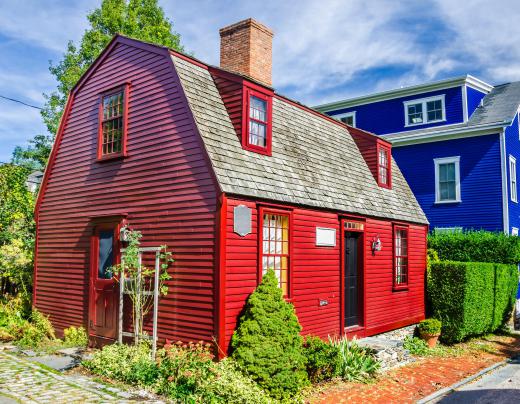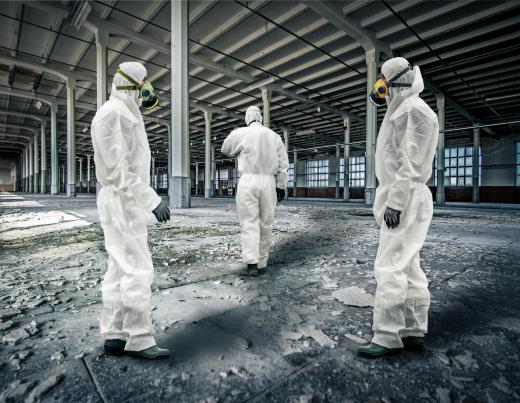Architectural conservation is the process of preserving buildings that have an historic or aesthetic value. It may involve implementing legal standards that prohibit property owners from modifying or demolishing important structures, or investing in buildings and materials that are designed to last long-term. The practice of architectural conservation can be applied to both ancient structures, like the Great Pyramids of Giza, or relatively new buildings, such as the iconic 19th century brownstone town homes found throughout New York City. This practice can be quite controversial, with proponents citing the need to preserve the past and critics arguing that conservation practices are too restricting, and can stand in the way of progress.
The process of architectural conservation relies on three basic types of techniques. The first is preservation, in which communities or municipalities enact laws that prevent property owners from making changes to a structure without permission. This helps to retain the historic or aesthetic properties of the facade, and preserve the structure for future generations. Many towns allow owners of conservation properties to make some interior changes, though exterior changes are restricted.

Rehabilitation and restoration are another technique used in architectural conservation. This method focuses on helping property owners make sensitive repairs and perform routine maintenance that will help preserve the historic nature of the building. Rehabilitative conservation can also be applied to abandoned or badly-damaged structures. A concerned group of citizens or a municipal agency may take over responsibility for rehabbing an abandoned building to preserve its structure. They may restore the building and transform it into a museum, or conserve the building and use it for a new function.

A third technique used in architectural conservation involves building with an eye on the future. Many builders focus on cheaper materials that help them keep costs down. Some districts or towns require that any new buildings or renovations within the area must maintain certain aesthetic standards. For example, a main street area lined with brick buildings may require that any new properties in the immediate area also be constructed from brick. This technique not only maintains the visual appeal of the street, but also ensures the building will last for an extended period.

Architectural conservation laws and codes are set by individual towns or cities. Some areas with a rich history may implement historic districts, where no changes can be made without the approval of a committee or the community. Others implement less restrictive conservation districts, where property owners can make minor changes, but any major renovations or demolition requires the approval of the committee.
